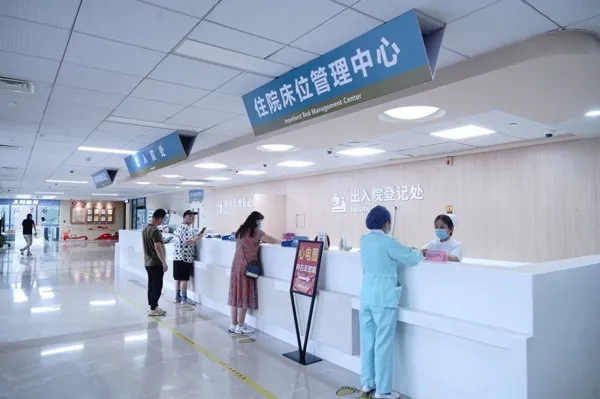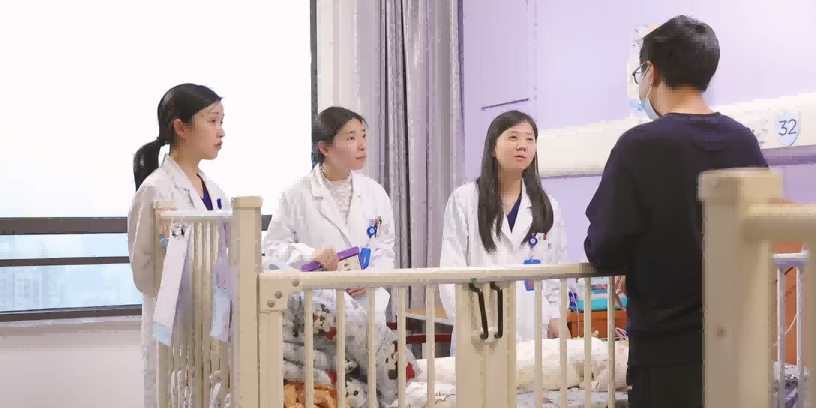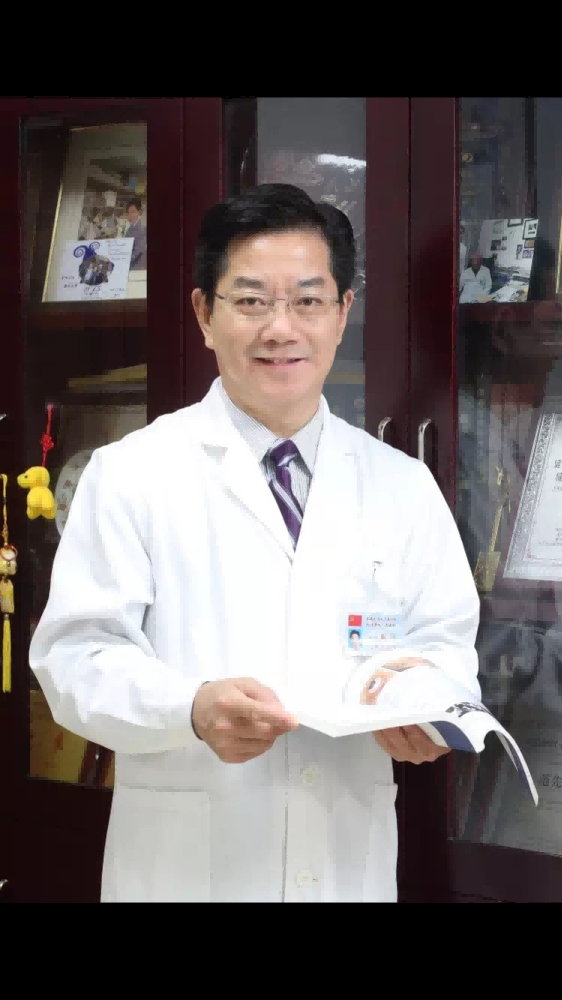Breaking the record for the youngest patient: Ruijin Hospital implanted version 2.0 of the smallest capsule pacemaker in a 7-year-old girl
Recently, the "capsule pacemaker" known as the world's smallest has been upgraded and ushered in version 2.0. On May 29, the team of Wu Liqun, chairman-elect of the Cardiac Rhythm Professional Committee of the Chinese Medical Doctor Association and director of the Department of Cardiology at Ruijin Hospital affiliated to Shanghai Jiao Tong University School of Medicine, implemented the MicraAV2 second aid for "one old and one young" at Ruijin Hainan Hospital in Boao. Alternative atrioventricular synchronization leadless pacemaker implantation surgery. The old man is 68 years old and the young man has just turned 7 years old. So far, this implantation is not only the first clinical application of this pacemaker in mainland China, but also sets a new record for the youngest person in the world to undergo MicraAV2 implantation.
"Ah? Already installed?" Mr. Liu is the "oldest" among the patients. Lying on the operating table, he repeatedly confirmed with the doctor, "I can't believe it. I didn't feel anything at all. The operation was done. "
Mr. Liu is 68 years old and suffers from high-grade conduction block and junctional escape rhythm. Simply put, there is a big problem with the "wires" responsible for transmitting signals in the heart. The atrial signals cannot be transmitted to the ventricles, just like the lead dancer and the follower. The dancers have lost all tacit understanding and each dances in his own way. The atria and ventricles no longer work in sync and can only dance randomly. Because of this, he often felt dizzy and had dark eyes, and even fainted several times at home.
At 8:30 in the morning, Mr. Liu first underwent the implantation surgery. Wu Liqun, with the assistance of two doctors, Pan Wenqi and Ling Tianyou, implanted the MicraAV2 pacemaker into the heart chamber through femoral vein puncture. After 20 minutes, the operation was successfully completed. At this time, in another operating room separated by a wall from Mr. Liu, a 7-year-old girl Lingling was also lying on the hospital bed waiting for surgery. Outside the operating room, Lingling's parents were "so nervous that they couldn't breathe."
Although everything from pre-operative communication, anesthesia, and surgical preparation is extremely meticulous, various thoughts can still arise uncontrollably. After the news came from the operating room next door that Mr. Liu's operation was very successful, Lingling's parents finally felt relieved and a smile appeared on Lingling's face.
It is reported that Lingling is a child with third-degree conduction block, and her average heartbeat is only 40. Because her heart rate is too slow, her heart gradually becomes larger. Although Wu Liqun's team has completed nearly 300 adult leadless pacemaker implantations, children are not smaller versions of adults. Different ages, weights and conditions require "tailor-made" customized solutions. Regarding Lingling's situation, Wu Liqun's team faced a new challenge: because there is currently no precedent in the world for young heart disease patients to receive this type of pacemaker implantation.
Before the operation, doctors from the Department of Cardiology and Pediatrics evaluated Lingling's blood vessels and decided to insert the MicraAV2 pacemaker from the femoral vein. Considering Lingling's young age, the operation was performed under general anesthesia. After 20 minutes, the pacemaker firmly grasps the myocardium and is perfectly positioned. From then on, it will shoulder the responsibility of guarding the heart without complaint. Currently, both patients are in good condition and are expected to be discharged from the hospital two days after the operation.
Wu Liqun introduced that compared with the 1.0 version, the upgraded version of the "capsule pacemaker" implanted this time has the same volume and weight. The size and weight of the vitamin capsule is about 2 grams. It is also compatible with whole-body MRI scans. "After this upgrade, the biggest highlight is the extended battery life. It can work non-stop in the human body for nearly 17 years, reducing the need to replace pacemakers, thereby reducing the overall treatment burden on patients with bradycardia."
Leadless pacemakers have been around for more than ten years and have been implanted in more than 200,000 people worldwide. Wu Liqun said that although it originated in Europe and the United States, leadless pacemakers have been rapidly and widely used in China in recent years. Leadless pacemakers have the advantages of no incisions, no scars, no leads, and no bags, which greatly reduces the incidence of complications for patients.
So far, leadless pacemaker therapy has benefited more than 10,000 patients in mainland China. Thanks to Hainan's policy of "licensing the implementation" of new technologies, many first cases were completed under the leadership of Wu Liqun's team, such as the first batch of "the world's smallest leadless pacemaker" and the first atrioventricular synchronization leadless pacemaker MicraAV in mainland China. ” etc. were all completed by Wu Liqun’s team. This time, the cardiology team of Ruijin Hospital once again relied on Boao's pilot channel to complete the first mainland application of MicraAV2 at Ruijin Hainan Hospital, allowing domestic patients to benefit from innovative treatments in advance. It is understood that MicraAV2 is expected to be officially launched in China in 2026.






